Frequency range: 26.5- 28MHz SWR: ≤1.2:1 Max. power: 35W continuous 250W Short time Bandwidth at S.W.R. 2:1: 1900KHz Impedance: 50ohm Whip length: 1200mm Adjustment: 0~90° Cable Length: RG58/157" Po...
See DetailsHow to Troubleshoot a Faulty CB Antenna?
Citizens Band (CB) radio remains a vital tool for communication in various professional and recreational contexts. A common point of failure in these systems is the antenna. A faulty CB antenna can drastically reduce transmission range and reception clarity.
1. Initial Visual and Connection Inspection
The first step involves a thorough physical examination. Begin by checking all connections, starting at the point where the CB antenna connects to the radio. Ensure the PL-259 connector is securely threaded onto the SO-239 jack of the radio. Trace the coaxial cable along its entire length to the antenna mount, inspecting for any cracks, fraying, or pinch points that could damage the inner conductor or shielding.
Check the antenna mount itself. It must be secure and making solid metal-to-metal contact with the vehicle's body or ground plane. Corrosion, rust, or paint can insulate the mount and severely degrade performance. Finally, inspect the CB antenna for obvious physical damage, such as a bent radiator or a broken tip.
2. Assessing the Coaxial Cable
The coaxial cable is a frequent source of problems. A simple continuity test with a multimeter can identify major faults. Disconnect the cable from both the radio and the antenna.
Center Conductor Test: Set the multimeter to measure resistance (Ohms). Place one probe on the center pin of the connector and the other on the base of the antenna where the center conductor attaches. A reading of very low resistance (near 0 Ohms) indicates continuity, which is correct.
Shield Test: Place one probe on the outer barrel of the connector and the other on the antenna mount. Again, a low resistance reading is expected.
Short Test: Place one probe on the center pin and the other on the outer barrel. The multimeter should show an open circuit (infinite resistance). Any low reading indicates a short circuit within the cable.
A failed any of these tests suggests the coaxial cable requires replacement.
3. Checking the Standing Wave Ratio (SWR)
The Standing Wave Ratio is a critical measurement that indicates how well the CB antenna is matched to the radio and the efficiency of the entire system. A high SWR can cause poor performance and may damage the radio. An SWR meter is essential for this test.
Connect the SWR meter in-line between the radio and the antenna following the meter's instructions.
Perform the test on a clear channel, away from other signals and large structures. Key the microphone on Channel 1 and note the SWR reading. Repeat the process on Channel 40.
An ideal SWR is 1.1:1. A reading below 1.5:1 is considered excellent. Readings below 3:1 are generally acceptable for operation, but performance may not be optimal. An SWR above 3:1 indicates a problem that must be addressed.
4. Addressing High SWR Readings
A consistently high SWR reading across all channels typically points to a fundamental issue such as a poor ground connection, a defective coaxial cable, or a malfunctioning CB antenna. Re-inspect all connections and the cable.
If the SWR is high on one end of the band and low on the other, the antenna's length requires adjustment. For example, if the SWR is higher on Channel 40 than on Channel 1, the antenna is too long and needs to be shortened slightly. Conversely, if the SWR is higher on Channel 1, the antenna is too short. Consult the antenna manufacturer's instructions for the precise adjustment procedure.
5. Evaluating the Radio and Environment
If all other components check out, the issue may lie with the radio itself. If possible, test the radio with a known-good antenna system to isolate the problem. Furthermore, be aware that environmental factors like large buildings, terrain, and weather can temporarily affect signal propagation, but these are not faults of the antenna system itself.
Troubleshooting a CB antenna requires a methodical process of elimination. By systematically inspecting connections, testing the coaxial cable, measuring and adjusting the SWR, and verifying the radio's operation, most common issues can be identified and resolved. Proper maintenance of the CB antenna system ensures reliable communication and optimal performance.

 English
English Español
Español
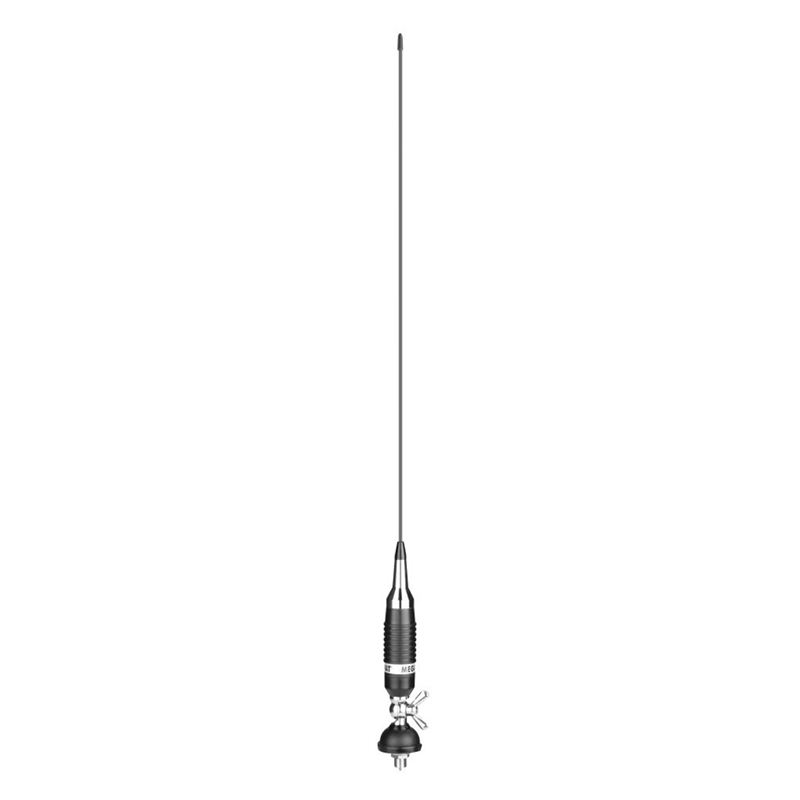
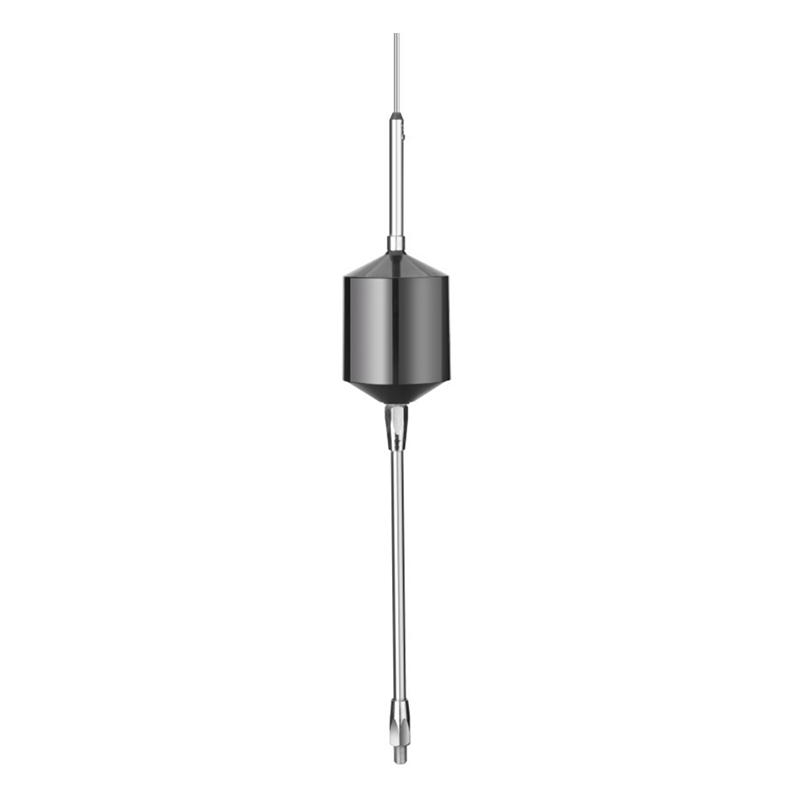
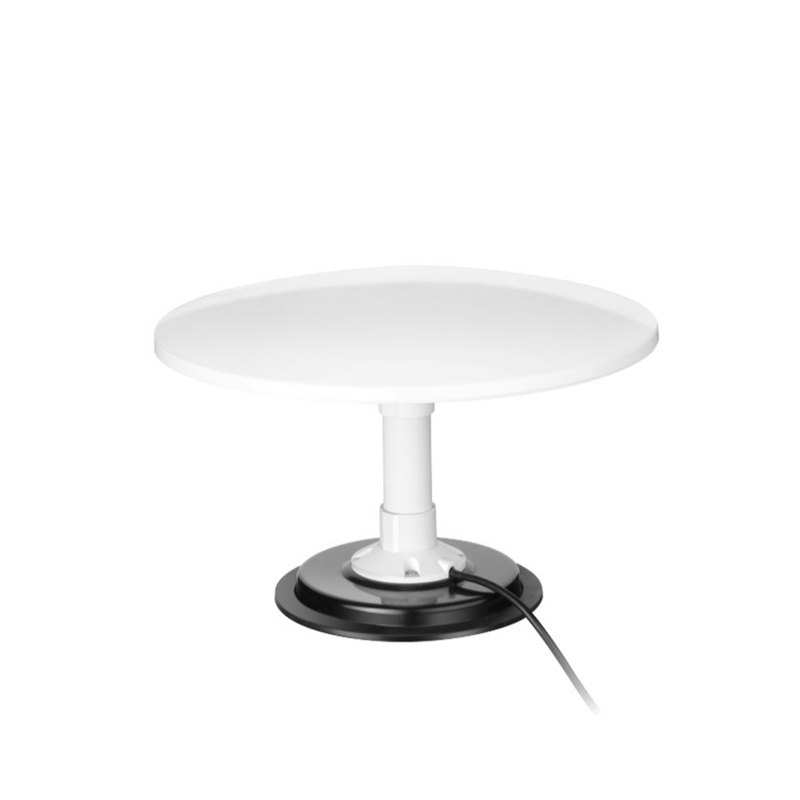
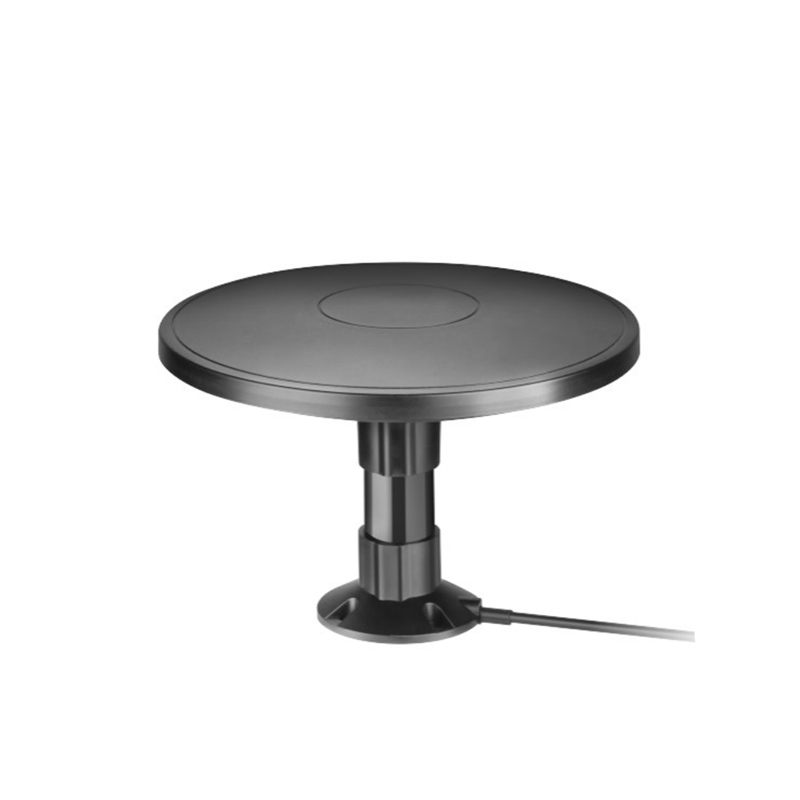

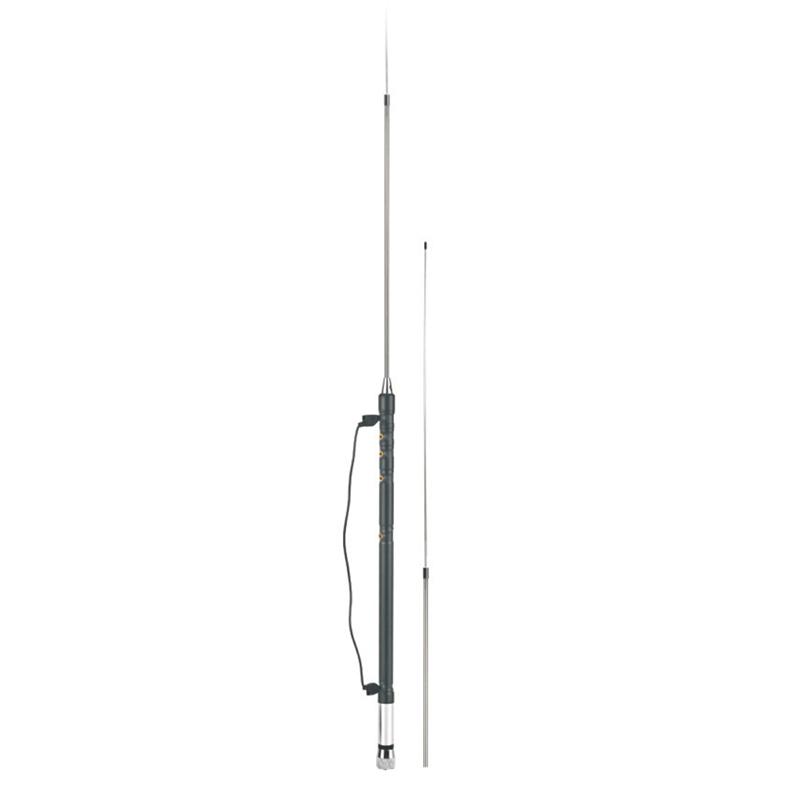
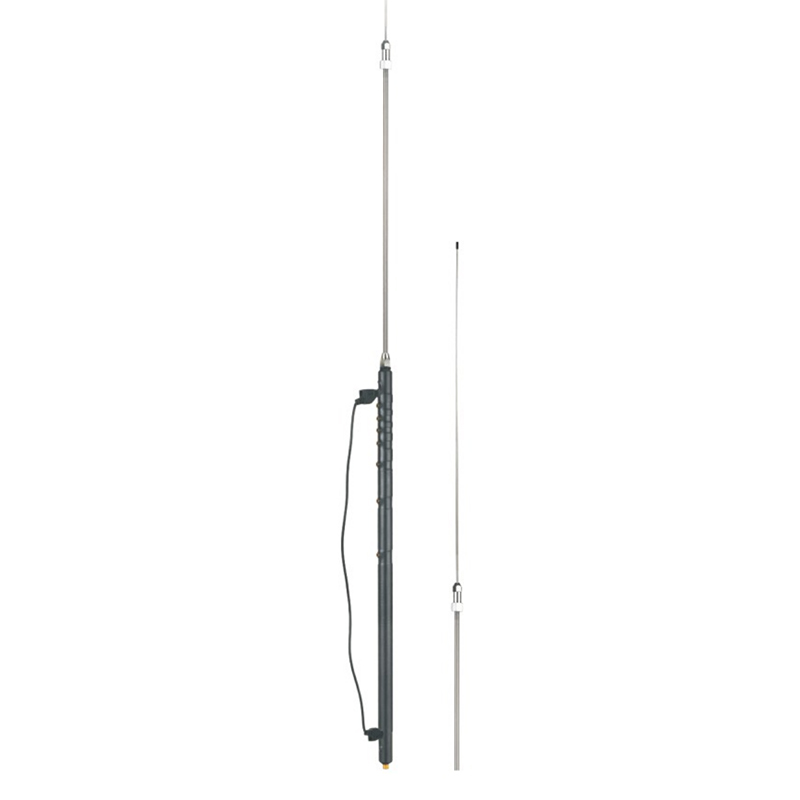
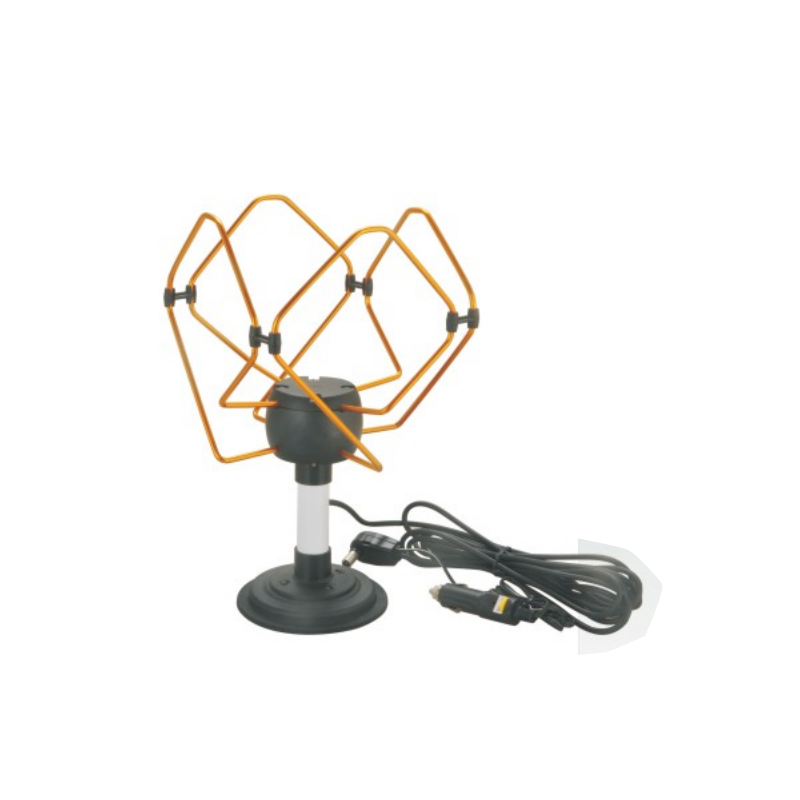

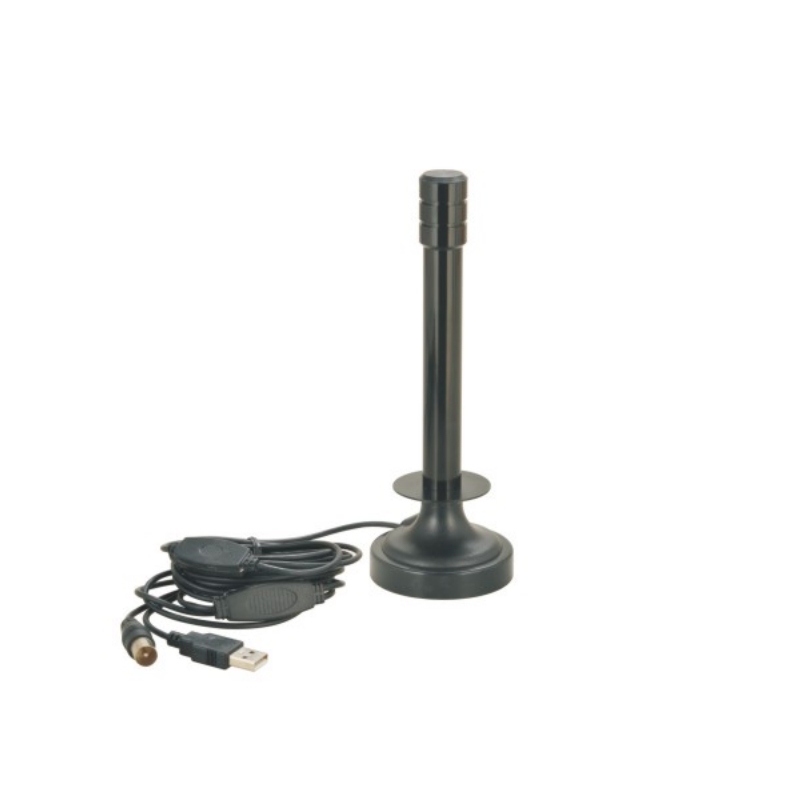
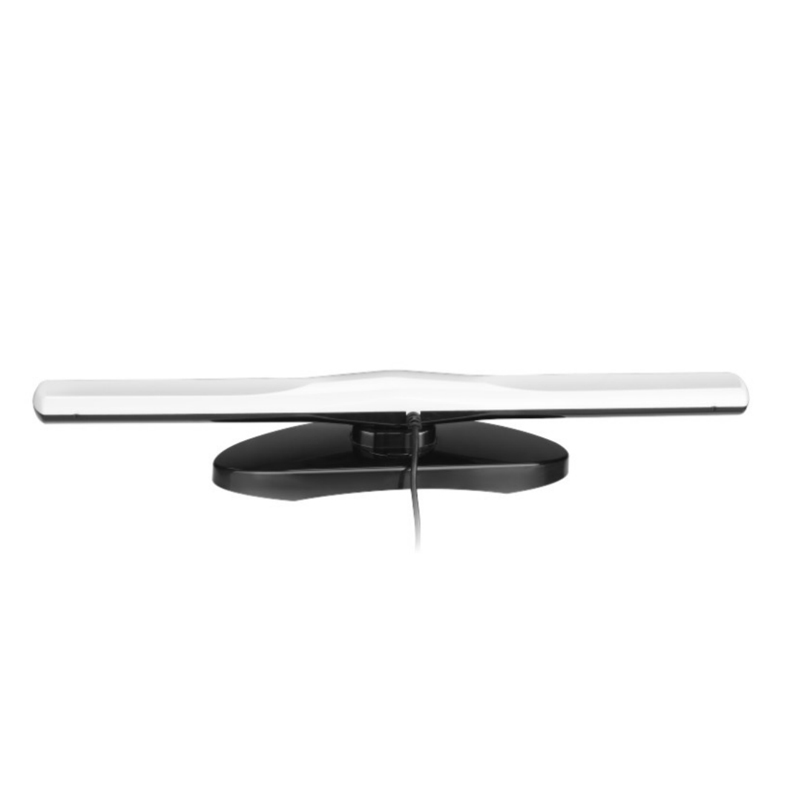
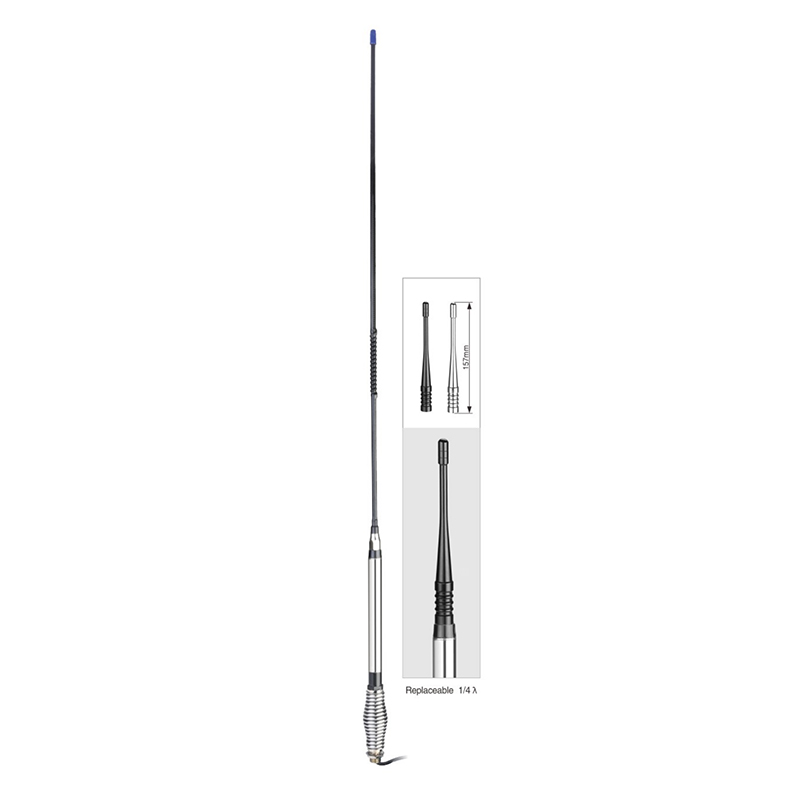

Contact Us